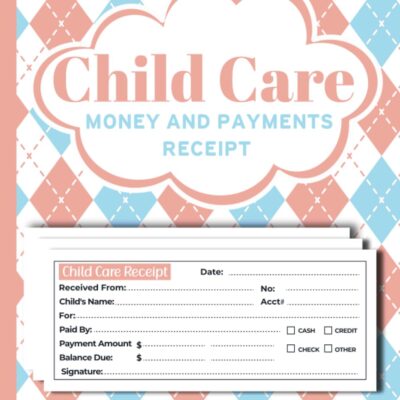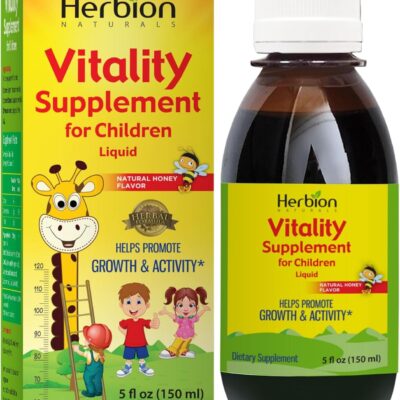
Breast infections while breastfeeding is a beautiful bonding experience between a mom and her baby, but it can come with a few challenges. One of the most uncomfortable ones is breast infections, or what’s often called mastitis. This can cause pain, swelling, and even flu-like symptoms that leave you feeling worn out.
So, what exactly is a breast infection? It happens when bacteria enter the breast tissue, usually through cracked nipples or blocked milk ducts. While it’s a common issue, especially in the early months of breastfeeding, the good news is that it’s preventable and treatable if you know what to look for. Let’s walk through how to prevent it and what to do if you ever deal with it.
Causes of Breast Infections
Before we dive into prevention, it helps to understand what causes breast infections in the first place. Bacteria is often the main culprit, entering the breast through cracks or sores on your nipples. These can happen from improper latching, where your baby isn’t positioned correctly on the breast. Another common cause is blocked milk ducts when your breasts aren’t fully emptied during feedings. Milk gets stuck, and that buildup can lead to infection.
If your breasts are overly full or engorged, that also puts you at risk because it’s harder for the milk to flow freely. Tight clothing or bras that press against your breasts can restrict milk flow and cause blockages, too. Knowing these causes will help you avoid the most common triggers.
How to Prevent Breast Infections
The good news is that you can take plenty of steps to prevent breast infections and smooth your breastfeeding journey.
*Keep Your Nipples Healthy
One of the simplest approaches to stay free from diseases is to take good care of your nipples. Gently wash them with warm water after breastfeeding and let them air dry. Avoid harsh soaps, which can dry the skin and make it more prone to cracking. If you notice your nipples getting sore or chapped, apply a nipple cream like lanolin to help soothe and heal the skin.
*Ensure a Good Latch
A proper latch is critical to preventing both nipple trauma and blocked ducts. Make sure your baby is latching onto the entire nipple and not just the tip. This allows for better milk flow and reduces the chance of your breasts getting overly full or engorged. If you’re struggling with this, don’t hesitate to contact a lactation consultant—they can help you and your baby get it just right.
*Empty Your Breasts Regularly
Frequent feedings are a great way to prevent milk buildup and keep things flowing. Aim to breastfeed on demand, and if your baby isn’t feeding enough, consider pumping to ensure your breasts are emptied. This will help prevent blocked ducts, which can lead to infections.
*Wear the Right Clothing
Tight bras or tops can press on your breasts and block milk flow, so choose loose, breathable clothing. A soft, cotton nursing bra is a great option that gives you support without restricting your breasts.
*Watch for Early Warning Signs
Pay attention to how your breasts feel. If you notice tenderness, redness, or lumps, these could be signs that a blockage or infection is developing. The sooner you catch it, the easier it is to treat before it becomes a full-blown infection.
How to Treat Breast Infections
Even with your best efforts, you might still develop a breast infection. Don’t worry—it’s treatable, and with the right approach, you can return to feeling comfortable in no time.
*Start With Home Remedies
At the first sign of an infection, you can try some simple remedies at home:
- Rest and take care of yourself. Your body needs time to heal, so don’t overdo it.
- Stay hydrated by drinking plenty of water. This helps support your immune system and keep your milk flowing.
- Use warm compresses on the affected breast to relieve pain and help unblock ducts. A warm towel or heating pad works wonders.
- Gently massage your breast in circular motions, starting at the base and working toward the nipple. This can help get the milk moving again and clear any blockages.
*Over-the-Counter Pain Relief

BUY NOW
$12.47
If the pain is too intense, take ibuprofen or acetaminophen to reduce inflammation and manage the discomfort. Always check with your doctor to make sure it’s safe for you to use these medications while breastfeeding.
*When to Call a Doctor
Sometimes, at-home treatments aren’t enough, and you’ll need extra help. If your symptoms don’t improve after a couple of days, or if you develop a fever or flu-like symptoms, it’s time to call your doctor. They may prescribe antibiotics to clear up the infection. Don’t worry—you can continue breastfeeding while on most antibiotics, but always follow your doctor’s advice.
*Keep Breastfeeding Through It
It might be tempting to stop breastfeeding when you have mastitis because of the discomfort, but continuing to breastfeed is one of the best things you can do. Feeding your baby helps keep the milk flowing and can clear up blockages. If it’s too painful, consider pumping to keep your milk supply going and avoid further buildup.
*Caring for Cracked Nipples
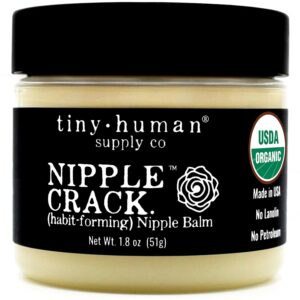
BUY NOW
$12.95
Cracked nipples are not only painful but also a gateway for bacteria to enter, leading to infections. So, let’s talk about how to take care of them.
*Keep Your Nipples Moisturized
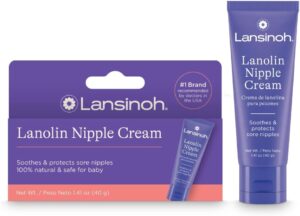
BUY NOW
$7.49
After breastfeeding, apply a nipple cream (lanolin is a great option) to keep the skin soft and promote healing. You can also rub a small amount of breast milk on your nipples—a natural moisturizer with healing properties.
*Let Them Breathe
Give your nipples some air by going braless for a bit or using breast pads designed for healing. These pads can protect your nipples from rubbing against clothing and allow them to heal faster.
Foods and Supplements for Breast Health
A well-balanced diet supports your overall health, including keeping your breasts healthy while breastfeeding.
*Stay Hydrated and Eat Nutritious Foods
Eat a diet heavy in fruits and drink lots of water vegetables, whole grains, and healthy fats, such as omega-3s found in fish. These foods help support your immune system and may reduce inflammation.
*Consider Probiotics
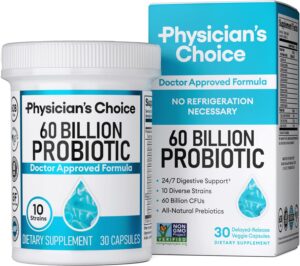
BUY NOW
$12.95
By helping your body to keep a good mix of microorganisms, probiotics aid to ward off infections. See your doctor to be sure supplements are safe for you and your child before including them into your daily regimen.
*When to Consider Pumping
If breastfeeding becomes too painful due to an infection or cracked nipples, you might need to take a break and pump instead.
*Alternate Between Breastfeeding and Pumping
Pumping can give your nipples a chance to heal while keeping your milk supply going. Make sure you pump just as often as you would breastfeed to avoid engorgement or blocked ducts.
*Keep Your Pump Clean
If you’re pumping, clean your pump thoroughly after every use to prevent bacteria from building up. Follow the manufacturer’s instructions for deep cleaning and sterilizing your pump parts.
Conclusion
Breast infections are uncomfortable but manageable parts of the breastfeeding journey. Simple prevention tips, such as keeping your breasts clean, ensuring a proper latch, and feeding frequently can, considerably lower your chance of an infection. If an infection does occur, don’t hesitate to treat it quickly with home remedies or consult a doctor if needed.
Above all, remember to take care of yourself during this time. Breastfeeding is a beautiful experience, but it’s okay to seek help and take breaks when needed. You can return to enjoying those precious moments with your baby with the proper care.
If you want to learn my #1 Monistat 7 Day Yeast Infection Treatment for Women, Click Here Now

